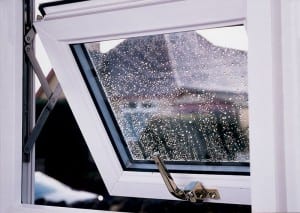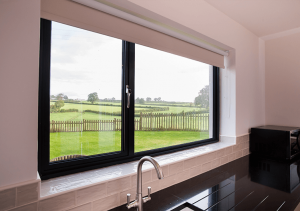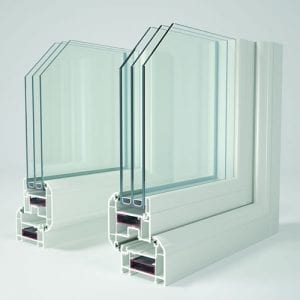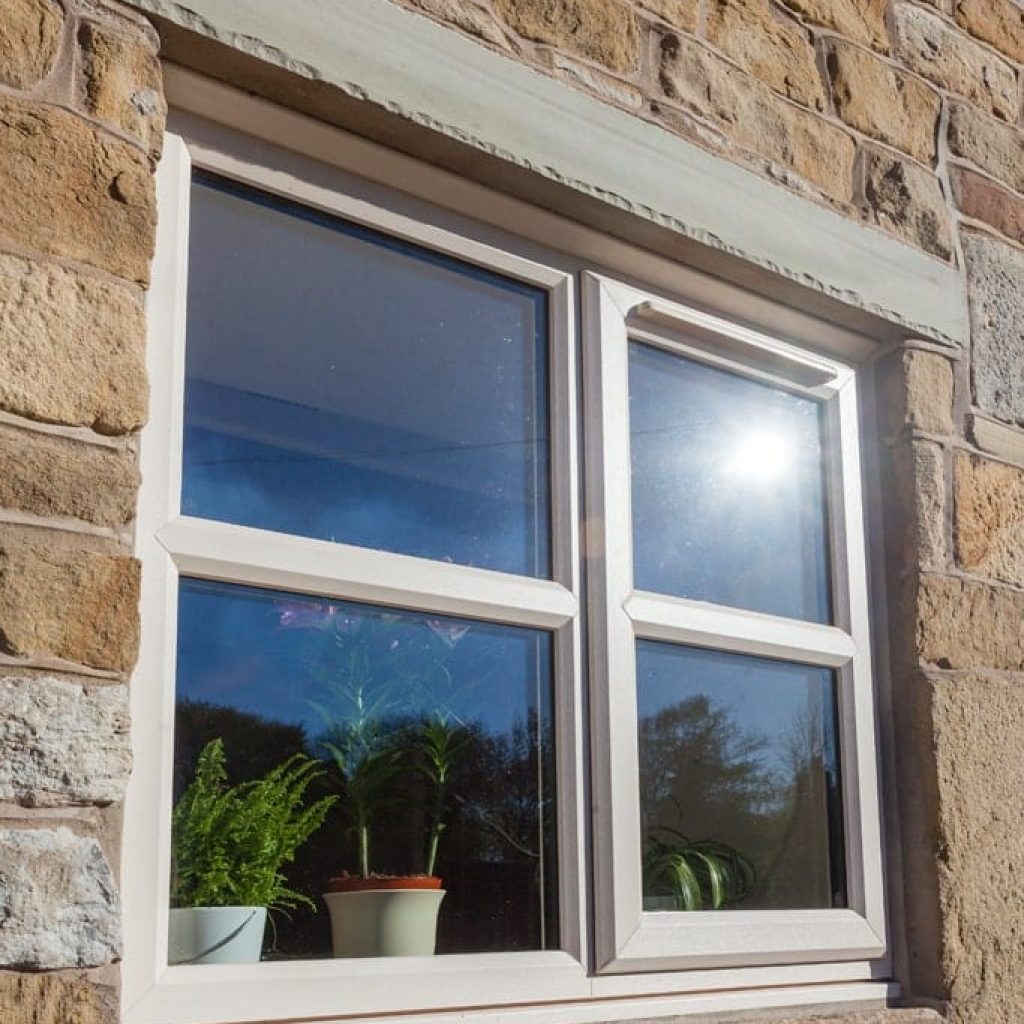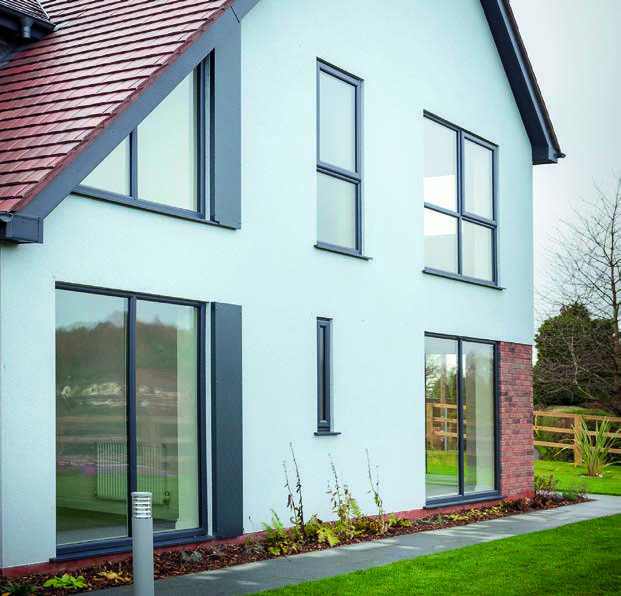
Choosing your new windows
When you’re exploring the idea of new windows, knowing a little about the available styles can help. There are no hard and fast rules, but certain styles definitely look more at home in some properties.
The windows you choose should complement the architecture of your home. That may mean that you don’t want a like-for-like replacement.
Stroll around the area where you live. Look for properties where the windows add to the appearance of a home.
Note the colours that work well with the local building materials, it’s possible to make almost any style or shape of window, in any size, and there’s a vast choice of colour and finish.
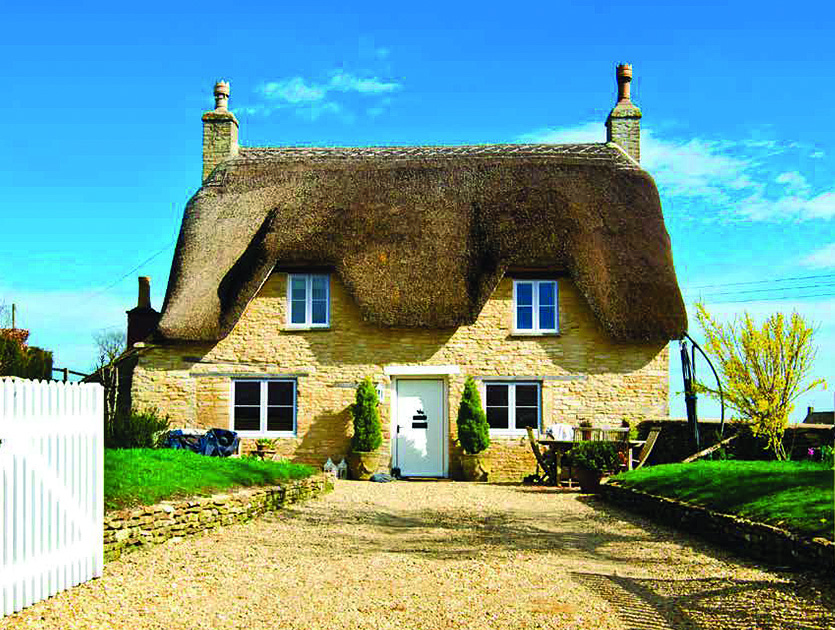
Rules, Regs & Planning Permission
You don’t normally need planning permission for replacement windows, but if you’re in a conservation area or your property is listed, there may be restrictions on what type or style of window you can have. Check with your local authority for advice if you’re not sure.
If you’re OK to go ahead, that’s great, but it’s worth knowing that replacing windows comes under the scope of the Building Regulations. These are designed to ensure safety, energy- efficiency and adequate ventilation.
As members of FENSA (Number 29329), one of the government-authorised Competent Persons Schemes, we’ll make sure that the works comply and will provide the certification you need to prove that the job’s been done right.
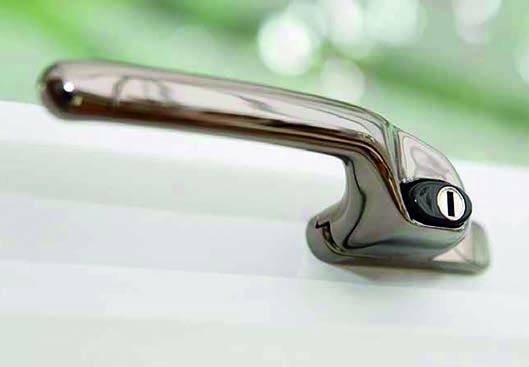
Security
It’s important that locks, handles and hinges
– even frames and glazing – do their job and protect you and your family. Look out for features like multi-point locking, tested to the latest British Standards BS7950 security criteria and a Secured-by-Design accredited locking system. Also egress hinges where possible, which allow a window to open to 90o for emergency escape.
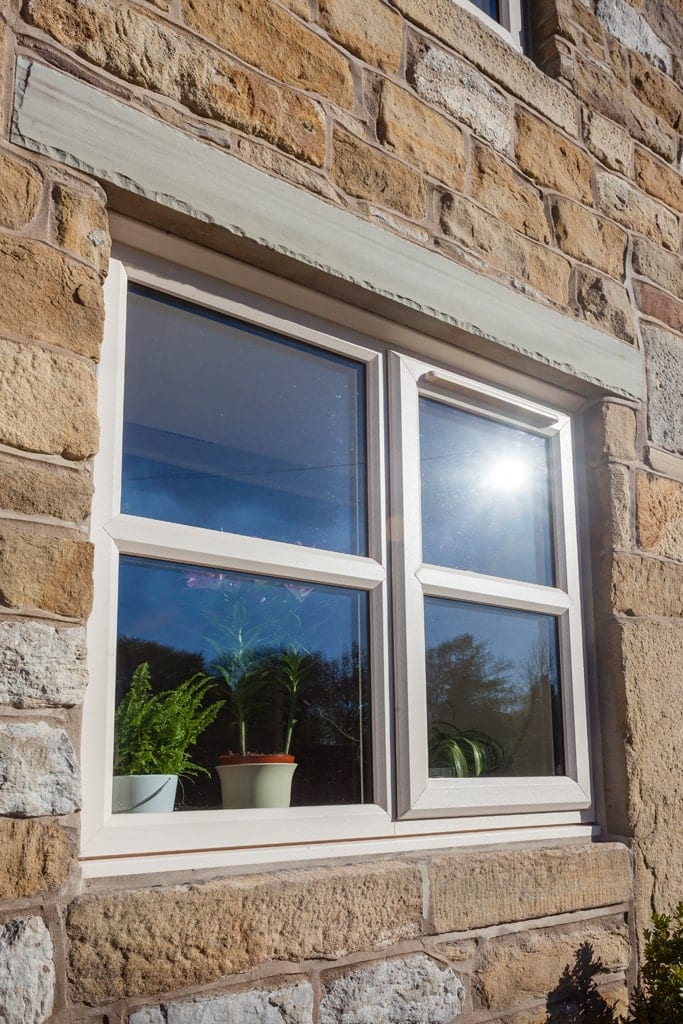
Energy efficiency and glazing choices
Window Energy Ratings (WER) were originally introduced in 2004 to help consumers compare the energy efficiency of different products. Taking into account the products solar gain (G factor – deemed a benefit at that time) and heat loss. Building Regulations 2023 edition, Approved Doc L was updated to concentrate more on retaining heat (reducing heat loss) and less about the solar gain. This is measured by a U-value.
A U-value measures how effective a material is as an insulator. The lower the U-value is, the better the material is as a heat insulator. This shift is now more in line with” New Build” Regulations concentrating on how energy efficient a product is in retaining any heat. i.e. it’s U-Value.
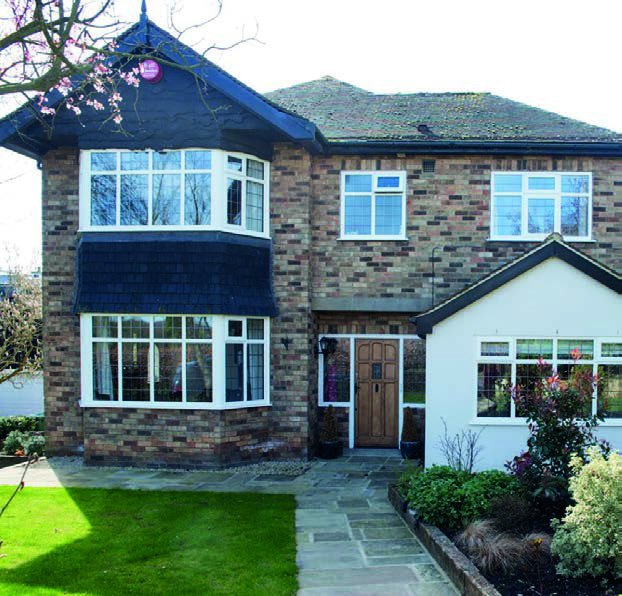
Casement windows
The outward-opening casement window is perfect for bay and bow windows, for bedrooms and box rooms. It’s the all-rounder with the variable layout that allows you to position the opening lights just where you want. Jazz them up or keep things plain, but always enjoy knowing you’ll never need to waste time with a paintbrush.
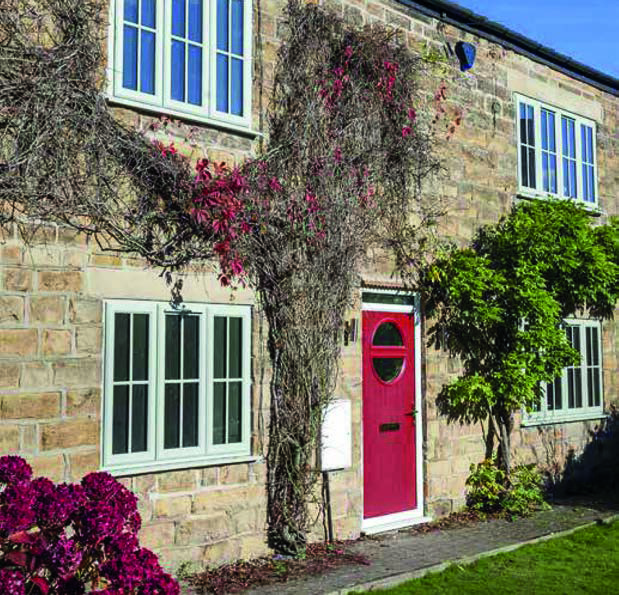
Small, but perfectly formed
A traditional cottage can be cosy, but sometimes the thick walls and tiny window apertures could leave you wishing for a more open and airy feel. Adding a French-style window sorts the problem and with the right choice of colour and glazing, you’ll keep all your home’s period charm.

Living the high life.
… is rather fabulous until you’ve got to get contractors in to clean the windows. Switch to a tilt & turn style and you can forget the problems. These ingenious windows tilt open for ventilation and when you want to clean them, they can swing right into your room. They’re brilliant when your outside space is limited and the uncluttered lines make them a firm favourite for contemporary homes.




